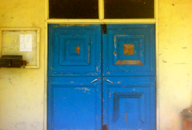Naceva Village
Beqa, fiji islands, south pacific ocean
April 8, 2008


Naceva Village
Beqa, fiji islands, south pacific ocean
April 8, 2008




The island of Beqa (pronounced “Benga” in Fijian language) is a mere ten minute journey by boat from Royal Davui. The resort has cultivated a special relationship to this island, since many of its employees live in one of the nine villages located here. The resort encourages its guests to visit Naceva (pronounced “Ne-the-va” in Fijian) on the island on a tour guided by one of its staff. Four of us, two Americans from New York, an American living in London, and his lovely Spanish bride, were all taken across the Beqa Lagoon to the nearby village. Jela, a Davui employee and a Neceva-born son of the village, was taking us to visit his roots, a community filled with cousins and relatives dating back many generations. The Fijian culture, evidenced by carbon dated pottery from 910 B.C., was well-developed by the time the Europeans arrived. Because the natives had no need to earn money, since the natural resources on the islands supplied all their needs, they could not be motivated to work. Therefore, after a group of Fijian chiefs ceded these islands to Great Britain on the 10th of October, 1874, the British chose to bring indentured servants from India to work on their sugar plantations. Time has marched on, but the British-introduced Indian work force saved the tribal culture of Fiji from extinction. I was well aware of the importance of seeing this special way of life, even in its more modern form, giving it the respect it certainly deserves. Before setting out on our tour, Jela briefed us on the protocol, etiquette and expectations of this visit. Both Elena and I wore shawls to shield our shoulders; and both of us also wore suba (sarongs) over our casual clothes to show respect and modesty. At the last minute, the four of us chose to “go native” and leave our sandals on the boat awaiting us at anchor, a decision which proved to make the visit less cumbersome. Our first stop, after wading ashore, was the house of the chief of the village. Since he was visiting Viti Levu, the mayor of the village joined the chief’s wife and an elder woman to decide if we would be allowed to make a tour. We sat on the woven mats on the floor while Jela made “small talk” with these officials, and while we signed our name, our country of origin, and fanned away the mosquitos as we awaited the verdict. With one eye on the clock on the wall, the mayor, with the approval of the other two, gave us a nod of approval. We thanked them all, stood, took photos, then followed our guide down the concrete sidewalks which wound through the village. We passed a Methodist church, several houses, many chickens and roosters, gardens abundant with flowers, and many trees laden with fruit. A village woman, dressed in a bright floral cotton dress, stepped outside her house, held out her hand and introduced herself while shaking hands with each of us. She asked each of us our names and where we were from. She told us her house was named “Americus” because it was built by Americans. She was very proud and grateful of this small structure made of cement block, and the sidewalk which lead to her front door. Onward, the five of us marched toward our main objective, the Primary School, the star in the crown of the village. On the way, we passed the young pre-schoolers, happily gathered under a large tree with their teacher, smiles on each face and shy giggles from the children. After having a tour of the school, we were then escorted to the Naceva Village Women’s Club, a community center in the center of the village, where male drummers and dancers performed for us. Thoroughly happy with everything we had seen and done, and enriched by the whole experience, we walked across the harbor at low tide to the Royal Davui boat beyond .... motoring back to a different style in paradise.
PHOTOS: Left Column: 1. Clothes drying on a clothesline near the village harbor. 2. Boat in the harbor at low tide. 3. Naceva village as we approached from the sea. 4. A colorful, somewhat makeshift dwelling in the village. Center Top: Henry & Jourdan at the village. Center Bottom: Bread Fruit, ripening on the village lawn. Right Column: 1. Beqa, viewed from the deck of our bure/villa on Royal Davui. 2. Palm leaves, a type of flax, drying in the sun. These are used to make mats. 3. Painted doors at the front of the village church. 4. Pre-schoolers at class beneath a tree.


Fijiian Village Life






